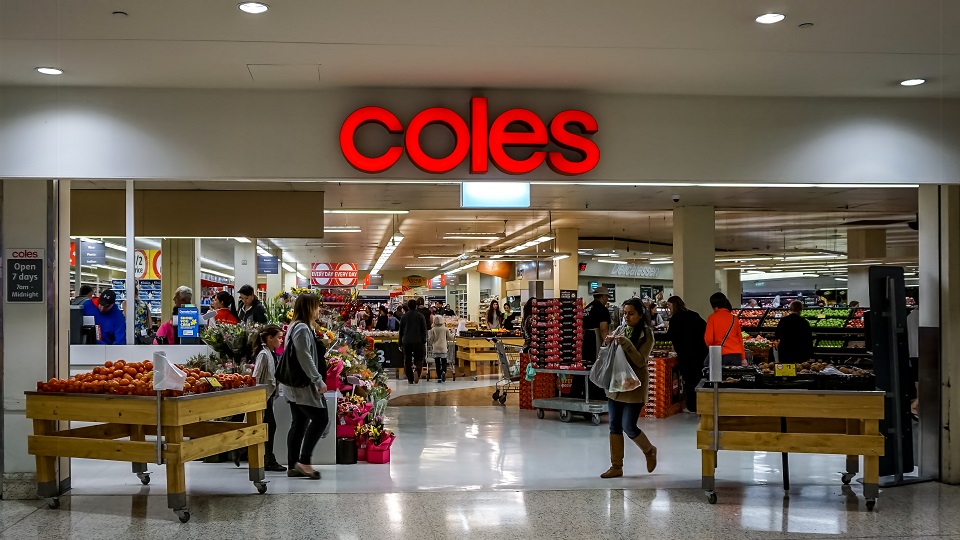Digital key part of Coles’ growth strategy

Coles highlighted its commitment to online growth and click-and-collect in a series of documents released to the ASX on Friday, October 5, detailing the proposed $20 billion demerger from Wesfarmers.
Coles chief executive Steven Cain said that growth of online and click-and-collect was a key pillar of the company’s growth strategy, alongside a focus on fresh food and own brand products, continued investment in everyday low prices and more tailored store offerings based on data.
E-commerce growth has been strongest in Coles’ supermarket business, although the company has also invested in digital initiatives in its liquor business, which includes Liquorland and Vintage Cellars stores, and its convenience business, which includes Coles Express.
According to the documents, Coles Online has grown at a compound annual growth rate of 20 per cent from FY12-18. Most of these orders (75 per cent) are for home delivery, while the remainder (25 per cent) are click-and-collect orders, which can be picked up on the same day from over 1000 locations. There are just over 800 Coles supermarkets in Australia, so some click-and-collect locations are outside the company’s store network.
Coles has also extended click-and-collect to its liquor business, with every brand offering the service. Liquorland customers are able to pick up online orders within 30 minutes. The company is now rolling out click-and-collect to its convenience business.
Analysts and investors arguably have been more concerned about revelations of Coles’ agreement to develop two new automated distribution centres (DCs) with Witron Australia, a subsidiary of Witron Logistik + Informatik, for an undisclosed sum, and the potential $10 million cash payout that Cain could receive, if he meets certain unspecified KPIs.
The automated DCs, to be build in Queensland and NSW over the next five years, are expected to cost up to $150 million in lease exits and redundancies related to a handful of soon-to-be obsolete DCs. The building costs are reportedly included in Coles’ $600-800 million capital expenditure guidance for FY19.
The new DCs are expected to significantly reduce Coles’ cost per carton and improve in-store operations, such as restocking supermarket shelves.
“This should generate efficiencies, but not until the sites are opened in three to four years,” Citi analyst Bryan Raymond said in a note to investors.
But while analysts said the investment is necessary, since Coles had fallen behind Woolworths, which is set to open a new $350 million DC in Dandenong South, Victoria, early next year, many believe it will make it difficult for Coles to deliver its target 80-90 per cent dividend payout ratio and continue to invest in price and innovation in the business.
Raymond said the significant investment in supply chain, combined with its lower-than-expected cash conversion, would limit Coes’ ability to reinvest in price, service and store network, the exact areas where the supermarket is looking to compete.
Shareholders will vote on the demerger proposal on November 15. If approved, they will receive one Coles share for every Wesfarmers share held at the demerger date. Wesfarmers will retain a 15 per cent stake in Coles and a 50 per cent stake in Flybuys.
Wesfarmers chairman Michael Chaney confirmed on Friday that the company’s directors intend to vote in favour of the demerger and unanimously recommend shareholders to do the same. An independent expert engaged by the Wesfarmers board, Grant Samuel & Associates has concluded the demerger is in the best interests of shareholders.
Comment Manually
You must be logged in to post a comment.

No comments